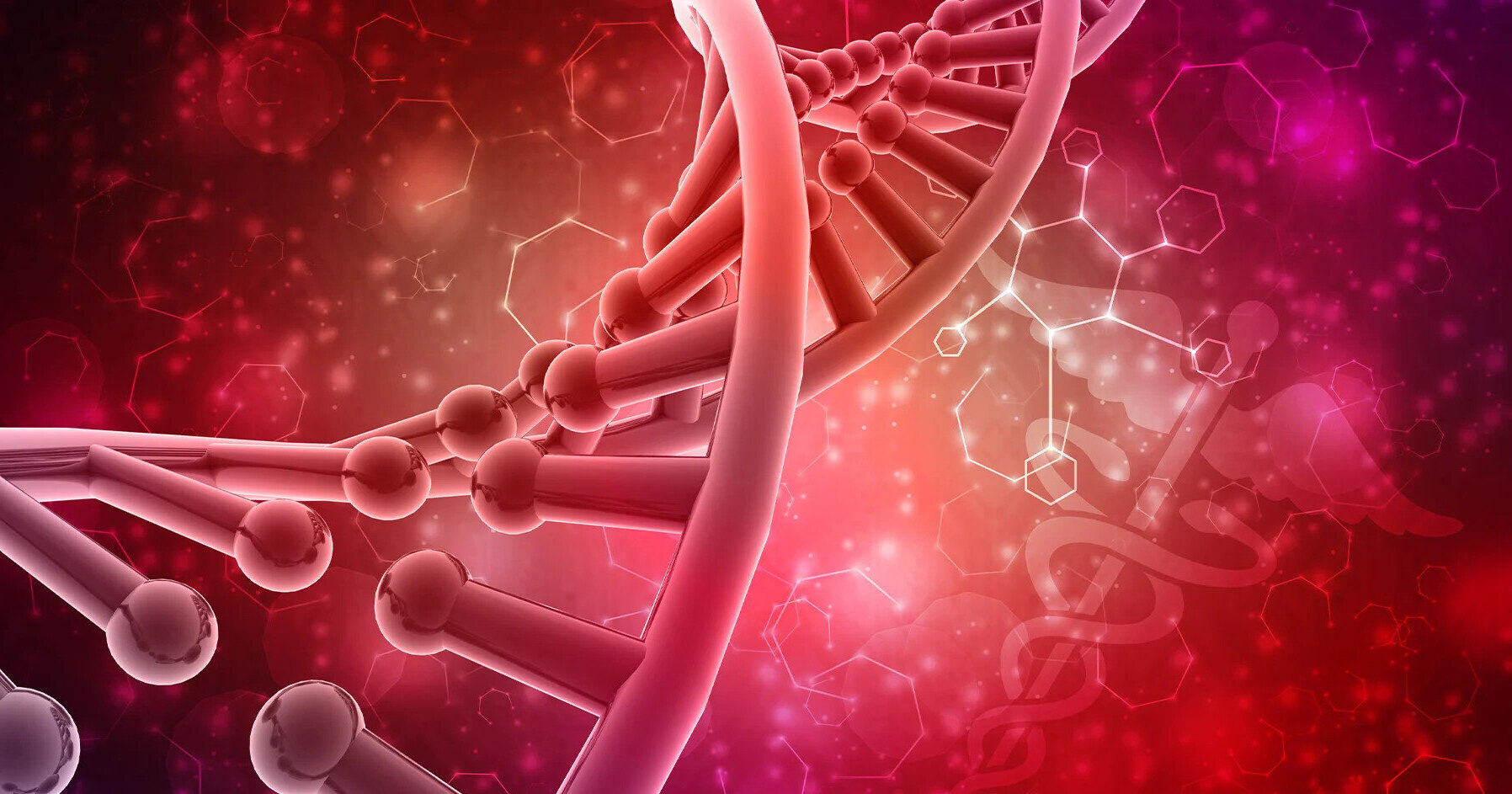
Arrhythmogenic Right Ventricular Dysplasia (ARVD), also known as Arrhythmogenic Right Ventricular Cardiomyopathy (ARVC), is a rare but serious heart condition. It primarily affects the right ventricle, replacing healthy heart muscle with fatty and fibrous tissue. This can disrupt the heart's electrical signals, leading to dangerous arrhythmias. ARVD is often inherited, making family history a significant risk factor. Symptoms vary widely, from palpitations and fainting spells to no symptoms at all. Diagnosing ARVD involves a mix of clinical evaluations, ECGs, and imaging tests. Treatment focuses on managing symptoms and preventing sudden cardiac death, often through medications, lifestyle changes, and sometimes an implantable cardioverter-defibrillator (ICD). Understanding ARVD is crucial for those affected and their families.
Understanding Arrhythmogenic Right Ventricular Dysplasia
Arrhythmogenic Right Ventricular Dysplasia (ARVD) is a rare heart condition that can be life-threatening. Knowing more about it can help in managing and treating the disease effectively. Here are 30 facts to help you understand ARVD better.
-
Definition and Terminology
ARVD, also known as Arrhythmogenic Right Ventricular Cardiomyopathy (ARVC), involves the replacement of normal heart muscle cells with fatty and fibrous tissue in the right ventricle. -
Prevalence
ARVD is rare but significant, being the second most common cause of sudden cardiac death in young people under 35, accounting for up to 20% of these deaths. -
Inheritance Pattern
This condition often runs in families, especially among those of Italian and Greek descent. -
Symptoms
Symptoms vary widely, including palpitations, shortness of breath, and fainting spells. Some may have no symptoms, especially early on. -
Risk Factors
Family history, ethnicity (particularly Italian and Greek), and age (common in those under 35) increase the likelihood of developing ARVD.
Diagnosing ARVD
Accurate diagnosis is crucial for managing ARVD. Here are some key diagnostic tools and criteria.
-
Pathophysiology
The disease involves replacing normal heart muscle cells with fatty and fibrous tissue in the right ventricle, disrupting electrical conduction and causing arrhythmias. -
Electrocardiographic Findings
ECG findings are vital for diagnosis, including T-wave inversion in the right precordial leads (V1-V3), late potentials on signal-averaged ECG, and epsilon waves. -
Radiological Findings
Right ventricular enlargement and fibrofatty replacement on echocardiography or cardiac MRI are diagnostic indicators. -
Clinical Diagnosis
Diagnosis is based on clinical, electrocardiographic, and radiological findings according to the Revised 2010 Task Force Criteria. -
Histological Data
Biopsy samples often show signs of acute or chronic myocarditis in both ventricles, suggesting a susceptibility to infectious myocarditis.
Treatment and Management
Managing ARVD involves a combination of medication, lifestyle changes, and sometimes surgical interventions.
-
Treatment Options
Treatment focuses on managing symptoms, preventing arrhythmias, and reducing sudden cardiac death risk. Options include medications, ICDs, and in severe cases, cardiac transplantation. -
Pharmacotherapy
Medications like beta-blockers, anti-arrhythmic drugs, and anti-inflammatory agents help manage symptoms and prevent arrhythmias. -
Implantable Cardioverter-Defibrillator (ICD)
ICDs are often recommended to prevent sudden cardiac death by stopping life-threatening arrhythmias. -
Cardiac Transplantation
In advanced stages, cardiac transplantation may be considered as a last resort. -
Surgical Interventions
While no specific surgery exists for ARVD, procedures like RVOT ablation or pacemaker implantation might be used to manage arrhythmias.
Lifestyle and Genetic Considerations
Lifestyle changes and genetic factors play a significant role in managing ARVD.
-
Lifestyle Modifications
Avoiding strenuous physical activity, especially early in the disease, helps manage symptoms and reduce complications. -
Genetic Testing
Genetic testing can identify at-risk individuals, though not all carriers of the mutation will develop the condition. -
Family Screening
Family screening is crucial for early detection and management due to the inherited nature of ARVD. -
Prognosis
Prognosis varies widely; patients with a left ventricular ejection fraction below 45% have a poorer outlook and higher sudden cardiac death risk. -
Complications
Complications include ventricular arrhythmias, sudden cardiac death, and heart failure, with risks increasing as the disease progresses.
Research and Support
Ongoing research and support systems are vital for improving ARVD management and patient quality of life.
-
Diagnostic Challenges
Diagnosing ARVD can be challenging due to non-specific symptoms and the lack of a single diagnostic test, requiring a comprehensive approach. -
Current Research
Research focuses on improving diagnostic criteria, developing new treatments, and understanding genetic mechanisms, with advances in genetic testing and imaging techniques. -
Support Groups
Support groups provide emotional support, education, and resources, connecting patients with healthcare professionals and other families. -
Awareness Campaigns
Awareness campaigns help in early detection and management by educating the public about ARVD symptoms and risk factors. -
Healthcare Providers
Healthcare providers must be aware of diagnostic criteria and treatment options to offer optimal care. -
Patient Education
Educating patients about their condition, treatment options, and necessary lifestyle modifications is essential for effective management. -
Emergency Preparedness
Patients should know how to respond during an arrhythmic episode or other emergencies, carrying a medical alert card or wearing a medical alert device. -
Research Funding
Funding is critical for advancing ARVD understanding and developing new treatments, with organizations and individuals supporting focused studies. -
Collaboration Among Healthcare Professionals
A multidisciplinary team approach involving cardiologists, electrophysiologists, and other specialists ensures comprehensive care. -
Psychological Support
Psychological support is crucial for patients, helping them cope with the emotional and psychological impacts of ARVD through counseling services.
Key Takeaways on ARVD
Arrhythmogenic Right Ventricular Dysplasia (ARVD) is a rare but serious heart condition. It involves the replacement of heart muscle cells with fatty and fibrous tissue, mainly in the right ventricle. This disrupts normal heart rhythms and can lead to life-threatening complications. Symptoms vary widely, from palpitations to fainting spells, and sometimes there are no symptoms at all. Diagnosis relies on a mix of clinical, electrocardiographic, and radiological findings. Treatment options range from medications to implantable cardioverter-defibrillators (ICDs) and, in severe cases, heart transplants. Genetic testing and family screening are crucial for early detection. Lifestyle changes, like avoiding strenuous exercise, can help manage the condition. Ongoing research aims to improve diagnostic criteria and treatment options. Understanding ARVD is essential for effective management and improving the quality of life for those affected.
Was this page helpful?
Our commitment to delivering trustworthy and engaging content is at the heart of what we do. Each fact on our site is contributed by real users like you, bringing a wealth of diverse insights and information. To ensure the highest standards of accuracy and reliability, our dedicated editors meticulously review each submission. This process guarantees that the facts we share are not only fascinating but also credible. Trust in our commitment to quality and authenticity as you explore and learn with us.


